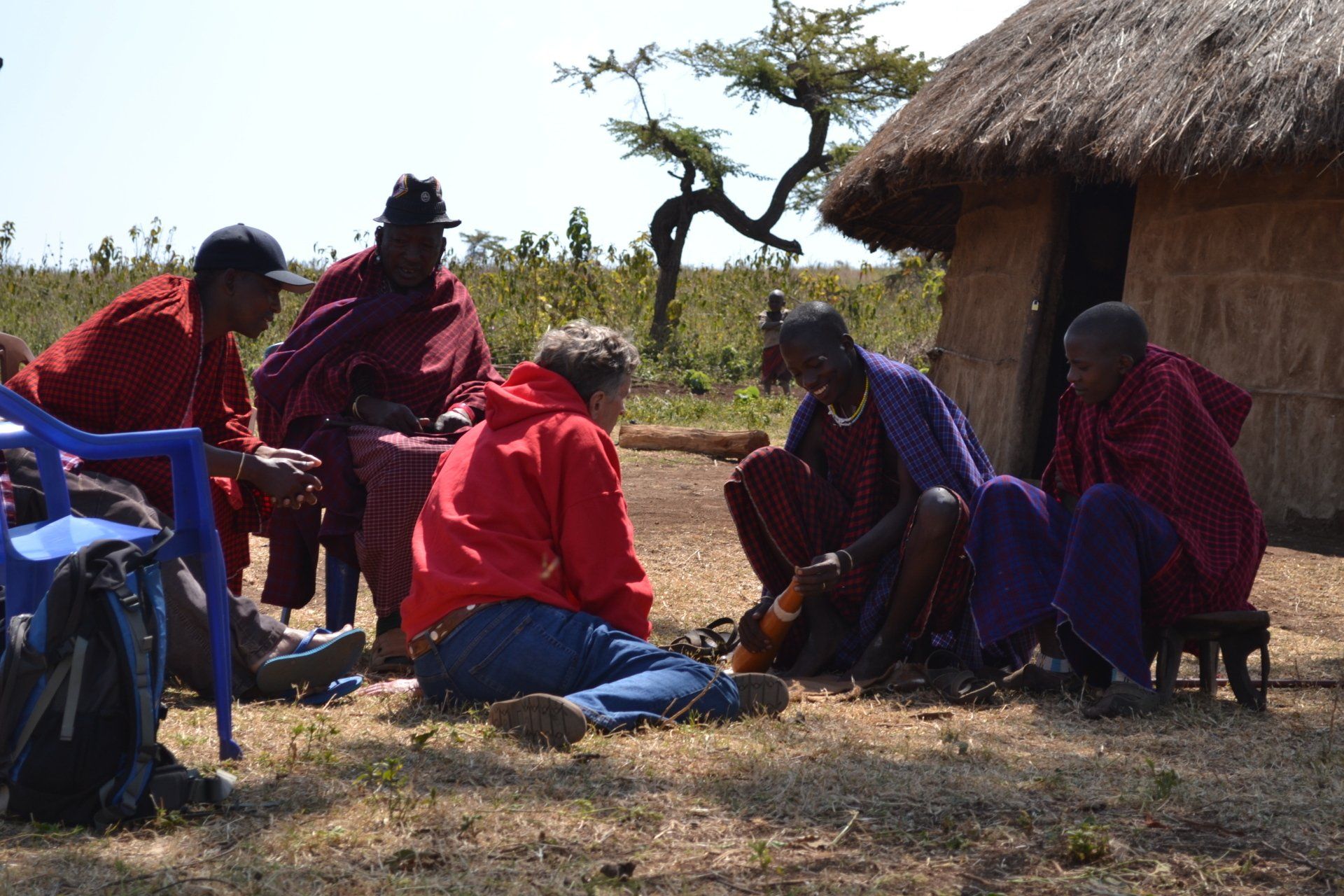Rituals and Ceremony
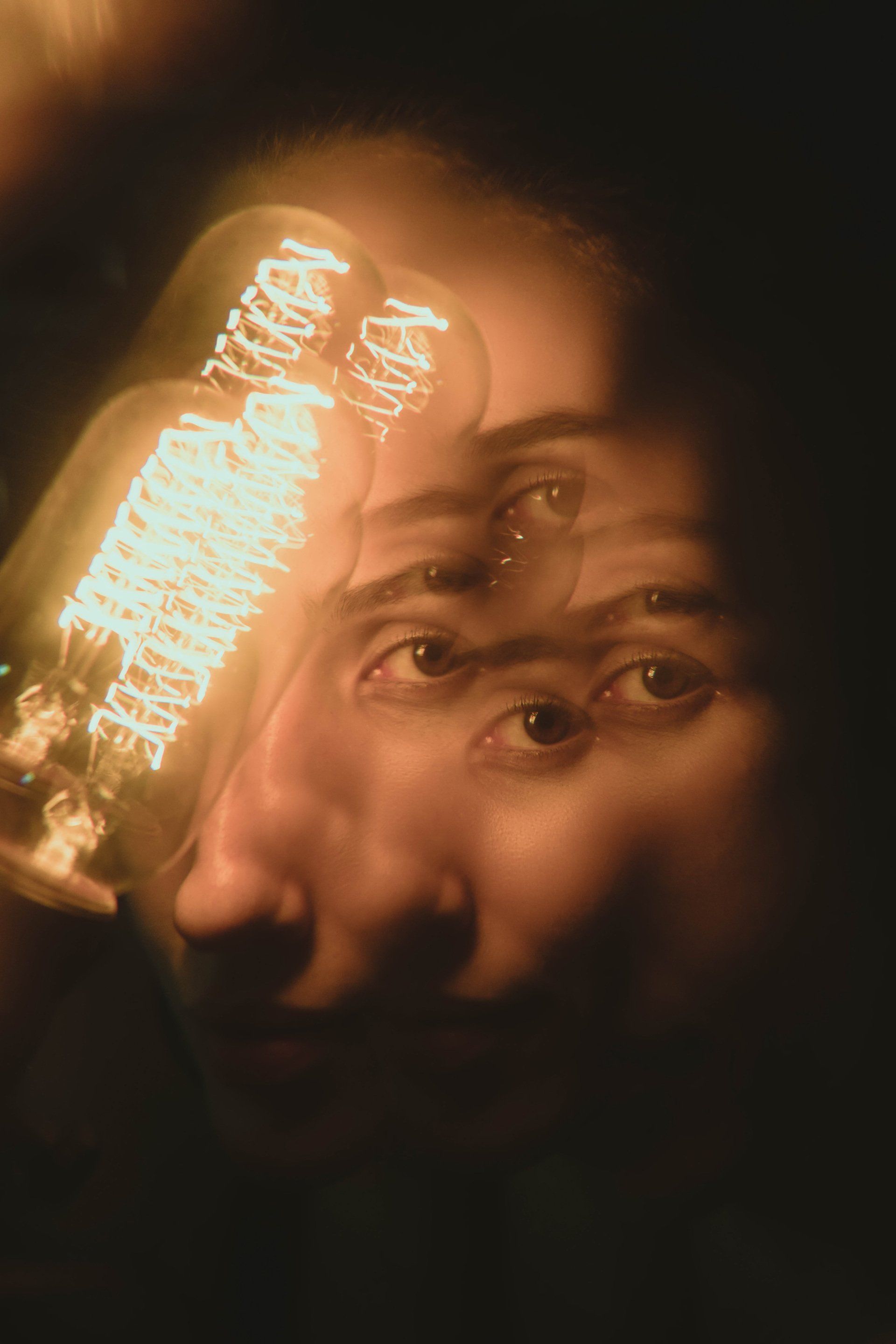
I believe the therapeutic use of MDMA is likely to be most effective in healing the soul when administered using rituals employed in a sacred treatment ceremony. From an indigenous perspective, trauma recovery is about finding our lost, forgotten, or never discovered, soul. The process is referred to as a soul retrieval, the rebuilding of a better self from the carnage of the past. In the process we remember who we really were are, who we are beneath trauma’s rubble, what are destiny originally was upon entering this human body form, and who we are destined to be. Our destiny to be created is referred to as a future retrieval. It is sort of a composting process as Thich Nhat Hahn has outlined in his book, No Mud, No Lotus.
Shamans have long portrayed a soul loss or soul theft as the deterioration and releasing of the physical self, and with it, all that once was original to the person.
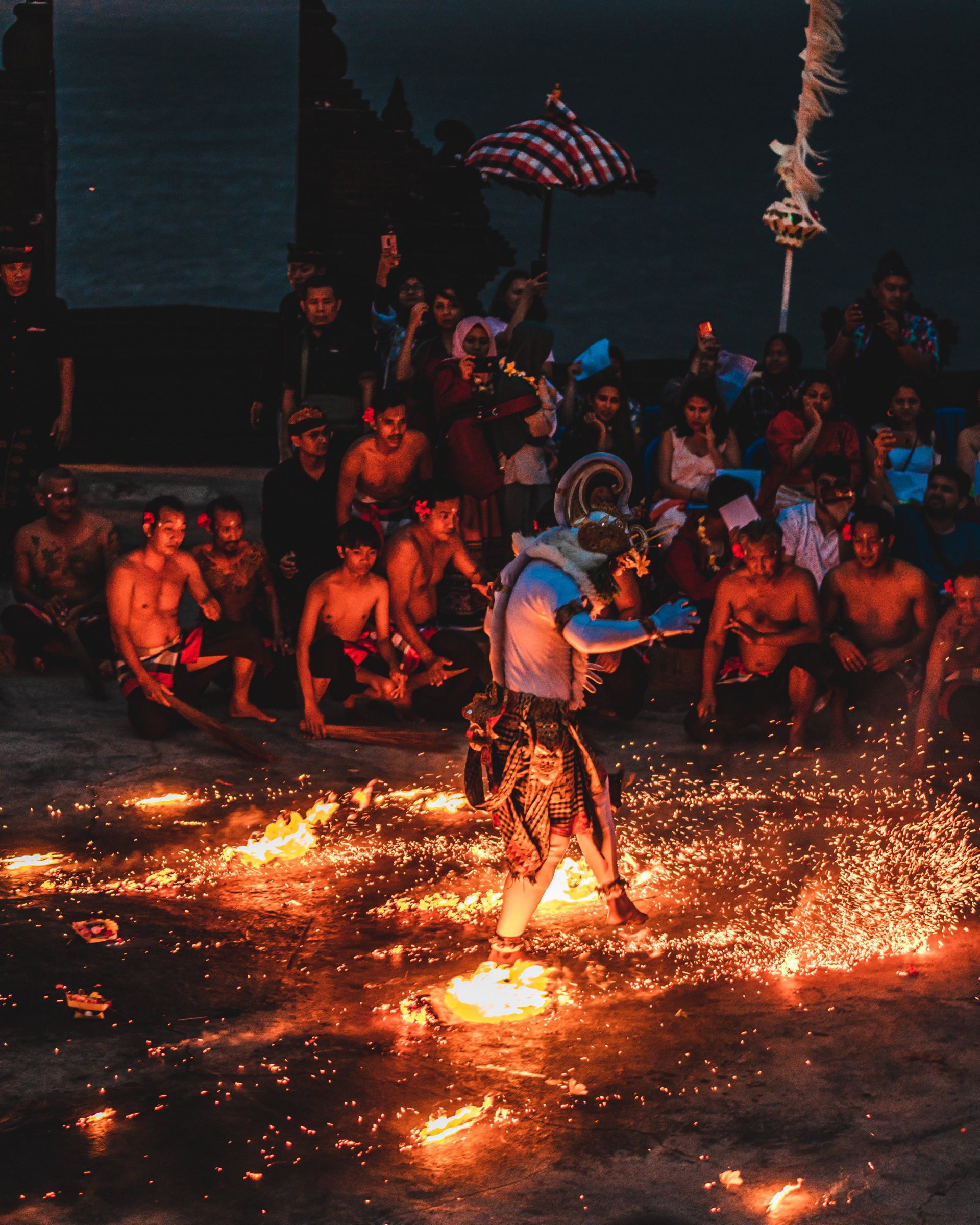
In FDA clinical trials, the medicine is often administered in a slightly mechanical fashion. The approach is very similar, patient to patient. But always you will don an eye mask, put head phones on, and an attendant will sit next to you and offer a comforting hand, after which you swallow a capsule of 125 mg pure, research grade MDMA.
When an indigenous-influenced approach is used (some call it shamanic) there is more pomp, pageantry, theatre, and solemnity over the entire day of ceremony. Within the over-arching ceremony some highly stylized activities occur, what we call rituals.
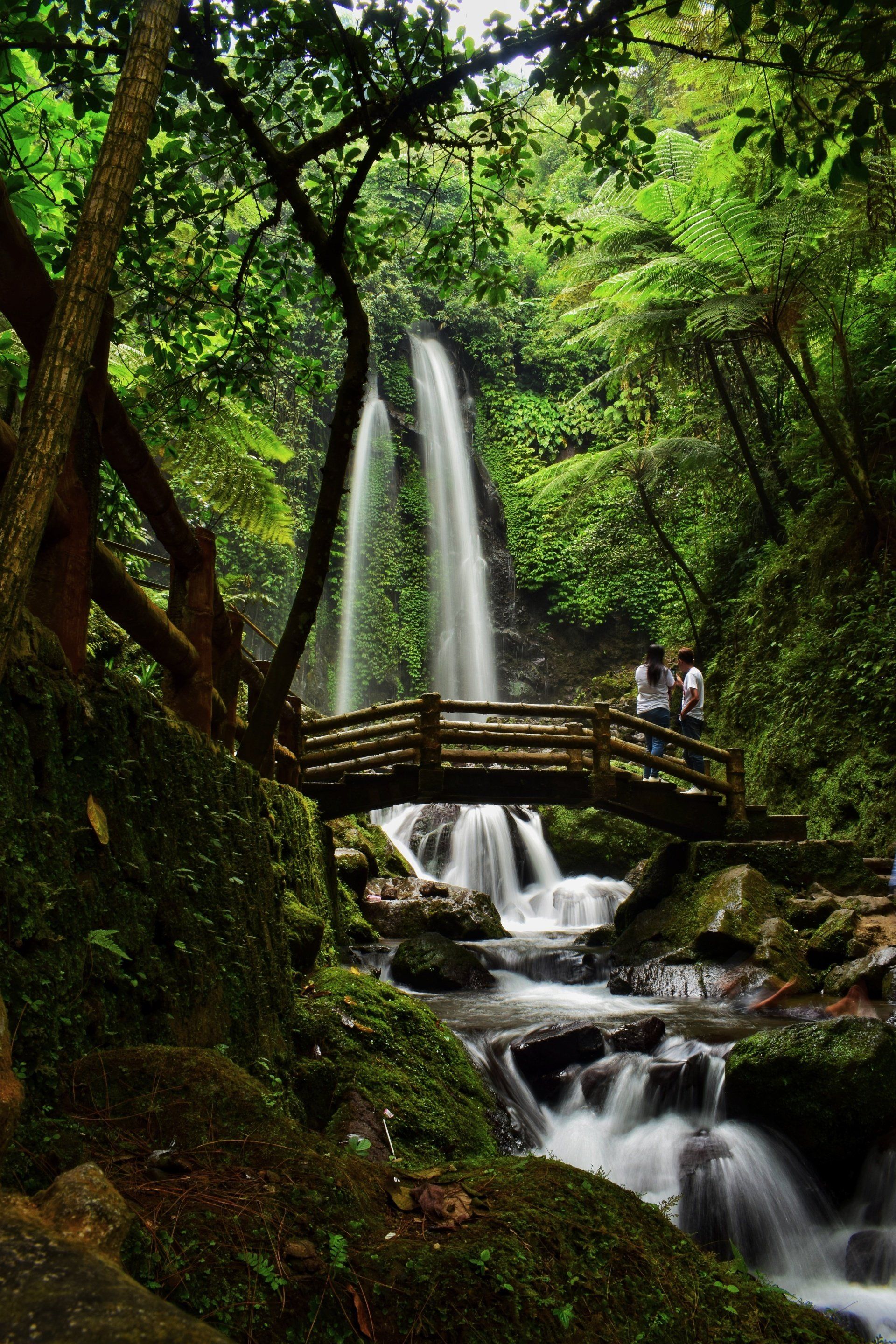
Pure, research grade MDMA is recognized as one of the safest and gentlest of the empathogens; it fosters and deepens empathy for all that is sentient.
To understand the deepest potential residing in this version of MDMA we must first leave the research labs and reconsider indigenous ways of being. After all, First Peoples introduced colonizers to a variety of plants with unique molecular structures that enhance our connections, not just between humans but with plants, animals, elements, and even one’s sense of place.
Place may be the place to start. For Amazonian tribes or Native Americans of the Northwest Coast, much has been said about location. If an Achuar of Ecuador is suffering from a serious illness, this tribesman will likely fear being removed from the jungle to an urban hospital lest the act of transplanting him
might result in death. The jungle is experienced as one’s mother and lungs – it’s always been that way.
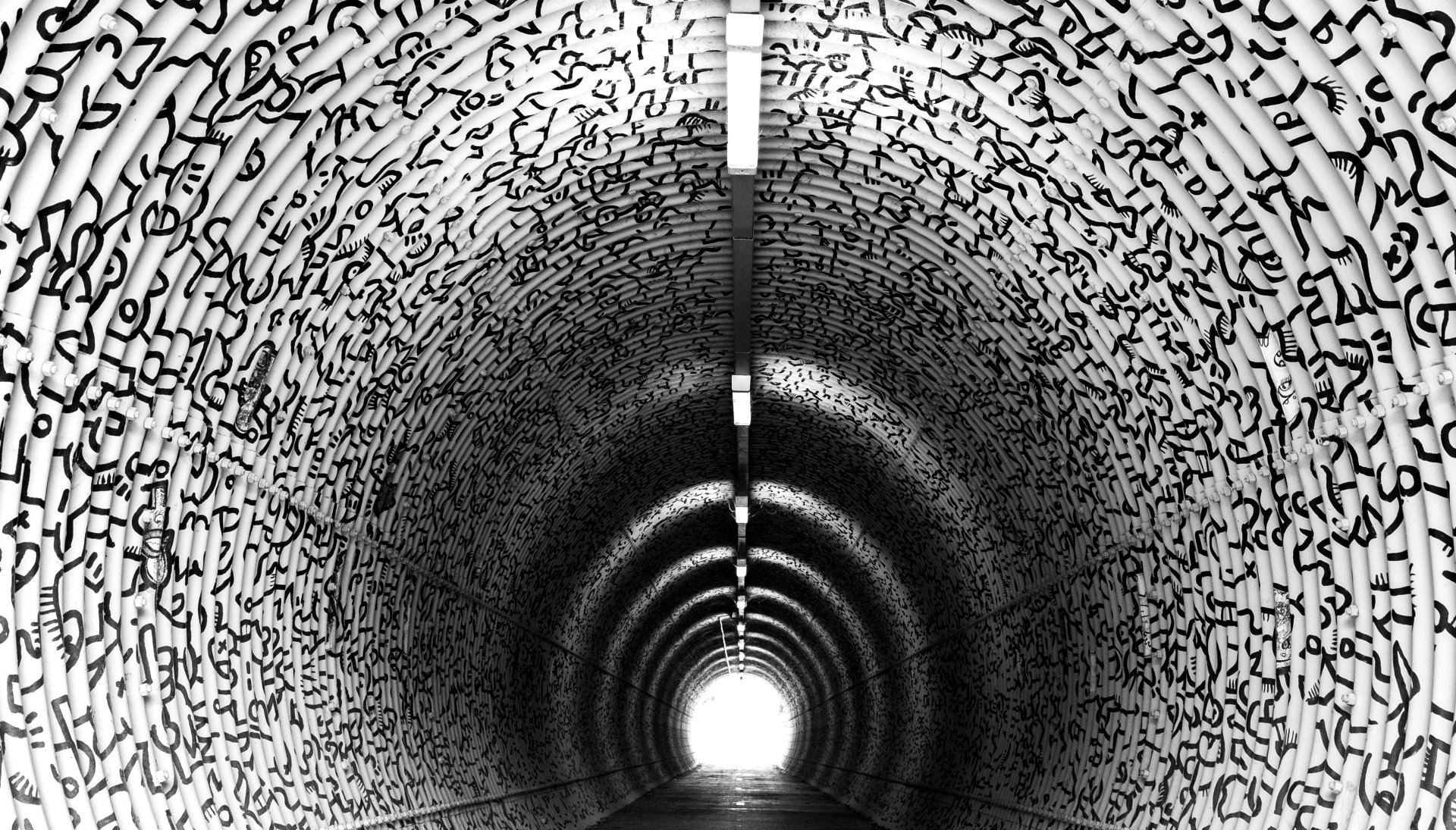
All indigenous cultures have, or once had, customary rites of passage. They were transformational experiences, or initiations, that took individuals from one way of life to another. A rite of passage was a meaningful and community supported ceremony, with many dramatizing rituals, that served to guide and facilitate a person as they shifted into a new and more evolved way of existence. Rites of passage invite and welcome us into new territory in a time of enhanced understanding and personal power. Such ceremonies almost always symbolize death and rebirth motifs. Some people think of it as an epochal time to be reborn, or brought into a new and healthier form.
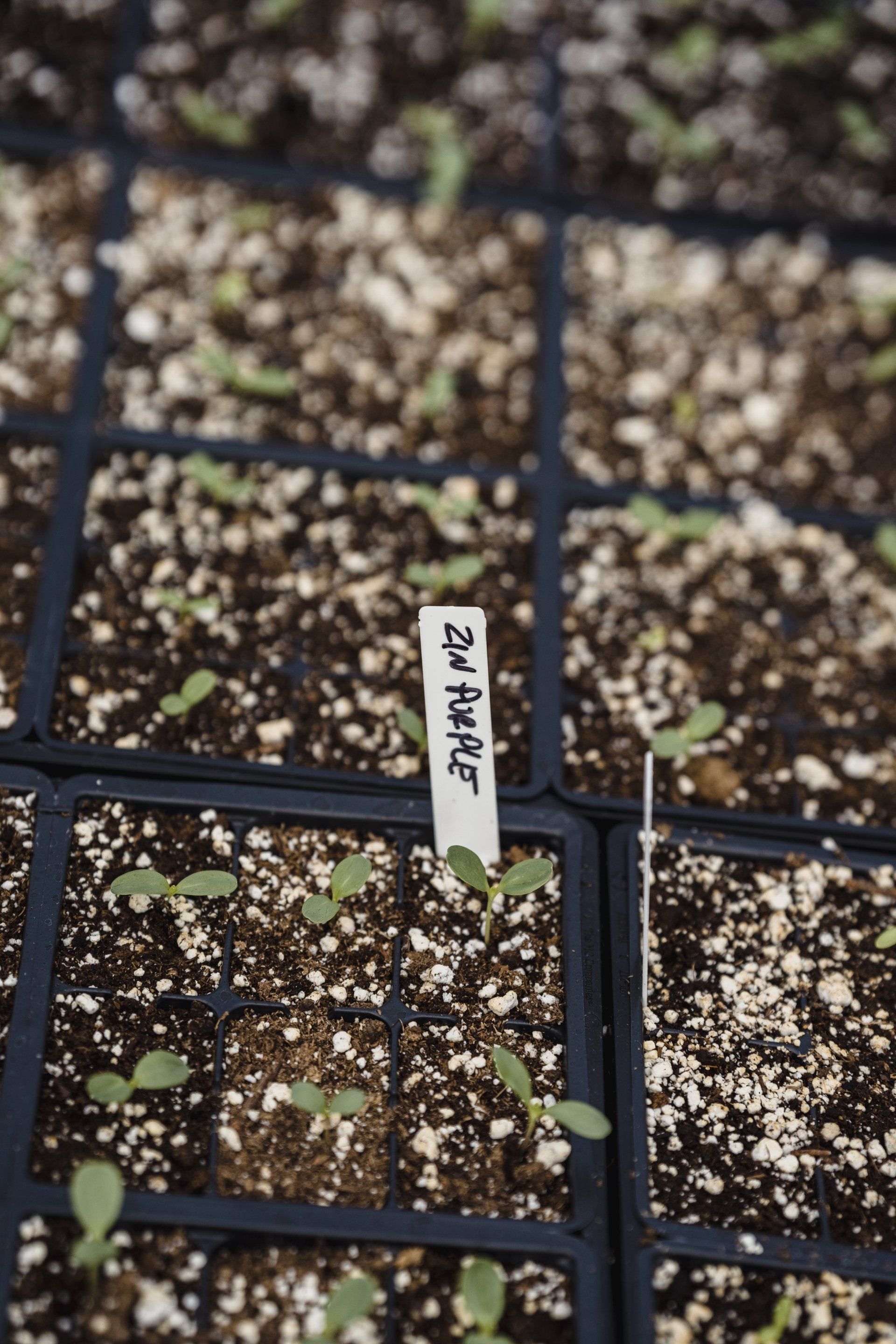
For many years I have been privileged to know Baba Mandaza Kandemwa, a traditional healer of the Shona people who reside in Zimbabwe. When we have traveled together I have noticed he always has some seeds in a pocket, gathered from his large garden that feeds the many AIDS orphans living in his home. As we walk, especially in sacred territory like the Great Zimbabwe, Mandaza routinely casts seeds to the wind which carry his prayers. Periodically he looks inquiringly in my direction as if to ask me if I desire any seeds. I always take some and follow his lead.
Seeds are often cast before MDMA ceremonies at retreat sites in Nature. They are combined with heirloom blue corn traditionally grown on the Hopi Reservation in Arizona. Together they announce that what is about to commence is sacred. In this ritualized way the land and the ceremonial event are made
sacred, sacralized.
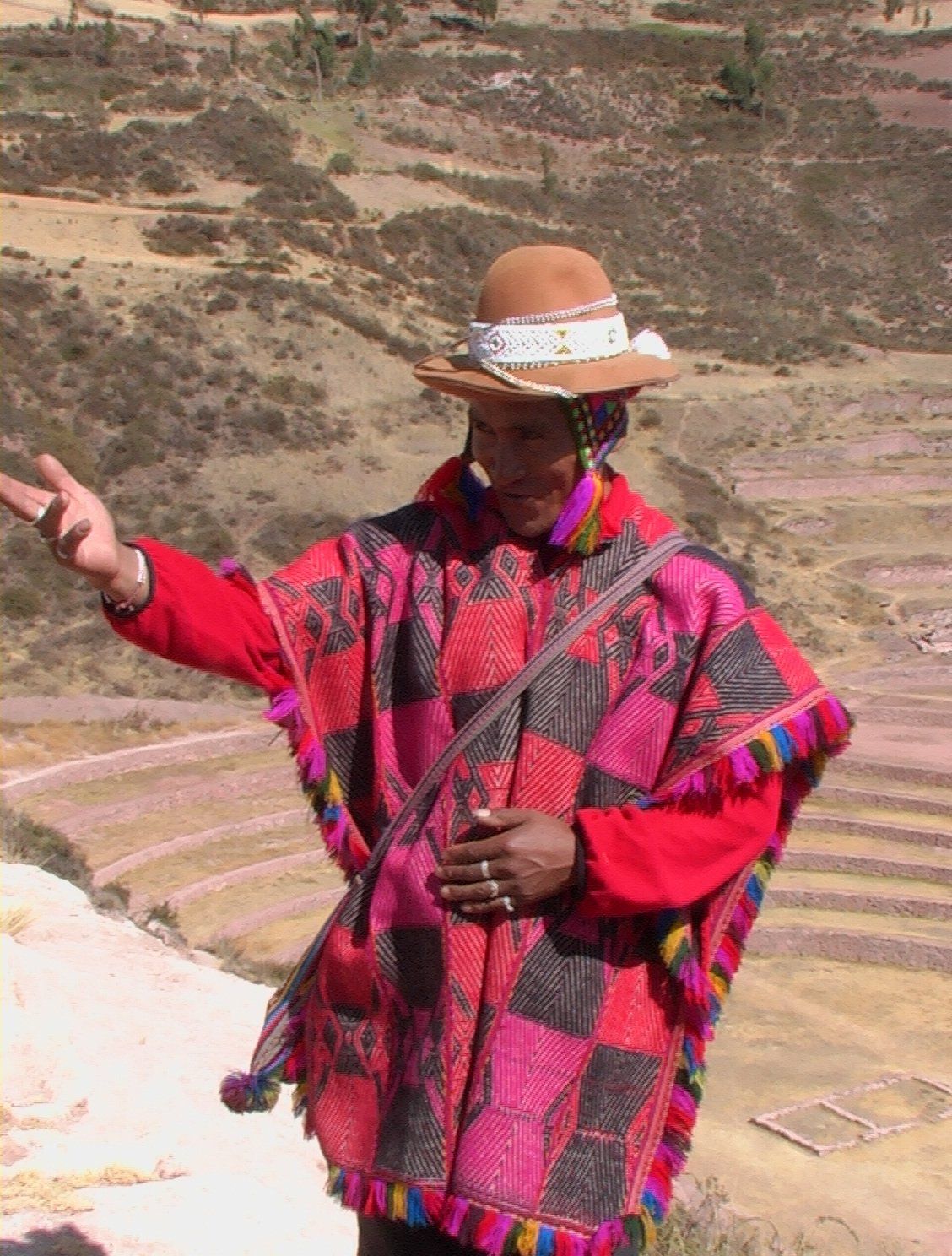
MDMA Energy Movement - Ancient and Modern Healing
While MDMA is a modern medicine designed to resolve trauma and heal relationships, it can also be understood from an indigenous perspective. For example, Q’ero shamans of the Peruvian Andes have long practiced energy movement as the central part of their healing of mental and physical ailments. Many indigenous concepts are mentioned in the article inlcuding: k'intu, kawsay, hucha, k'ara, sami, saminchukuy, hucha mikhuy, munay, huchasapa, pachacuti, yanantin, masintin, aho, and megwetch.

Trauma can rob us of a sense of personal agency, self-leadership, the view that we are in charge of ourselves. Healing from adversity requires an understanding of healthy forms of self-control.
Preparing people for an MDMA medicine journey, I have often mentioned Black Elk, the famous Lakota medicine man who came from a family of bear healers. Wherever he went, Black Elk felt centered in himself. But when I first heard his quote, “When I was on top of Harney Peak in the Black Hills, I was at the center of the universe,” I took his words literally. Nope! Turns out, what Black Elk was really saying is that wherever he is he feels grounded in the strength Creator gave him. It must have taken a lot of work to end up at that point – the spot of internal calm.
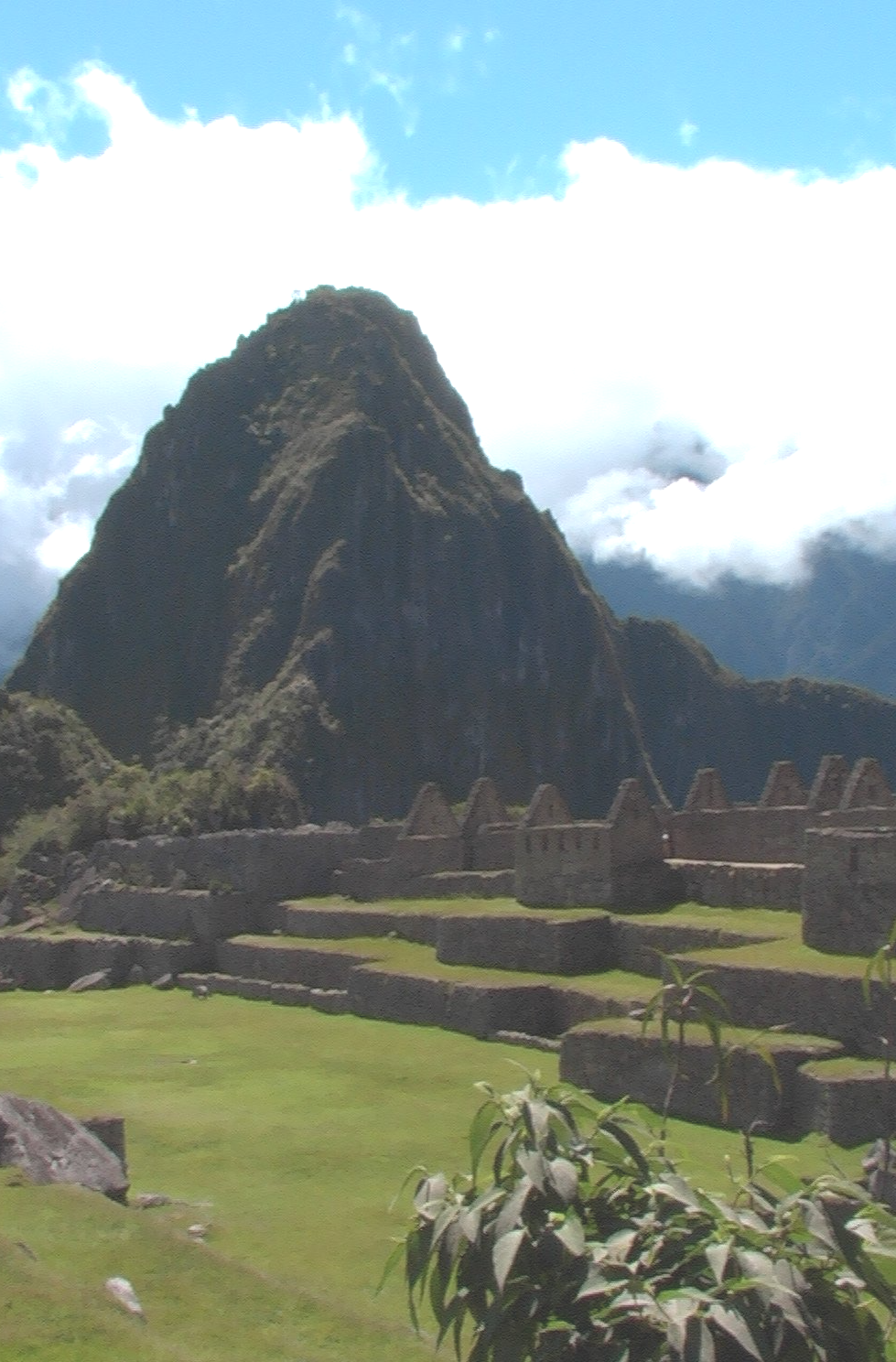
When I write about indigenous healing – what some call shamanism – I’m making reference not to romanticized groups of traditional healers wearing dramatic attire while surrounding themselves with exotic paraphernalia, truth is most authentic shamans I have encountered wear t-shirts and jeans while sitting on the land. I am referring to quite ordinary appearing healers whose traditions go back
tens of thousands of years and have stood the test of time. Modern physicians and psychologists now talk about evidence based and best practice methods of healing, which often fall out of favor as quickly as research once proved they were the “cat’s meow.” Trends can be enlightening, wisdom lasts.


